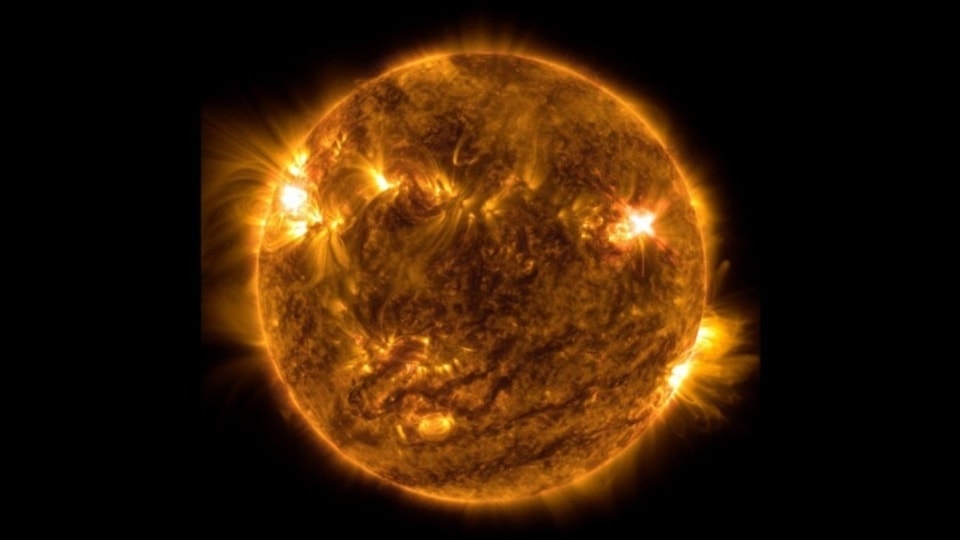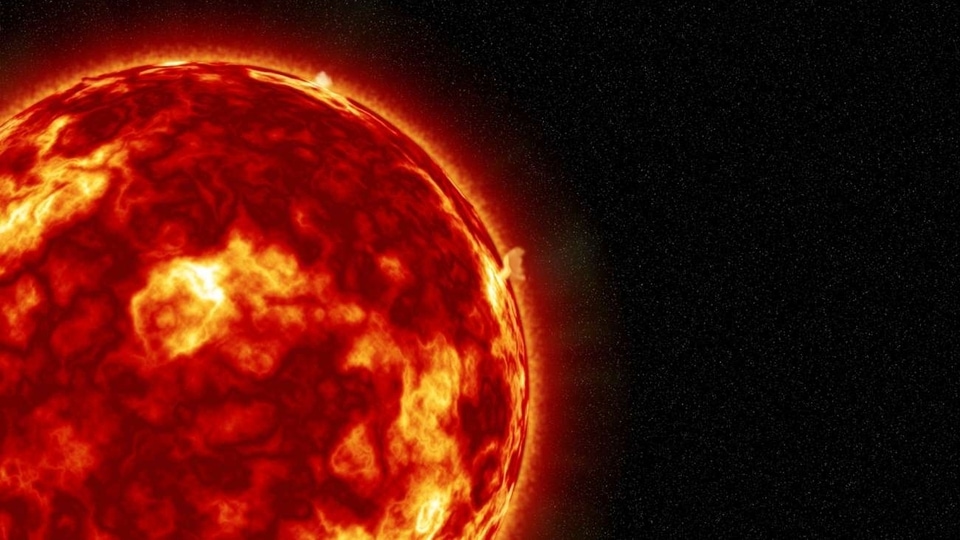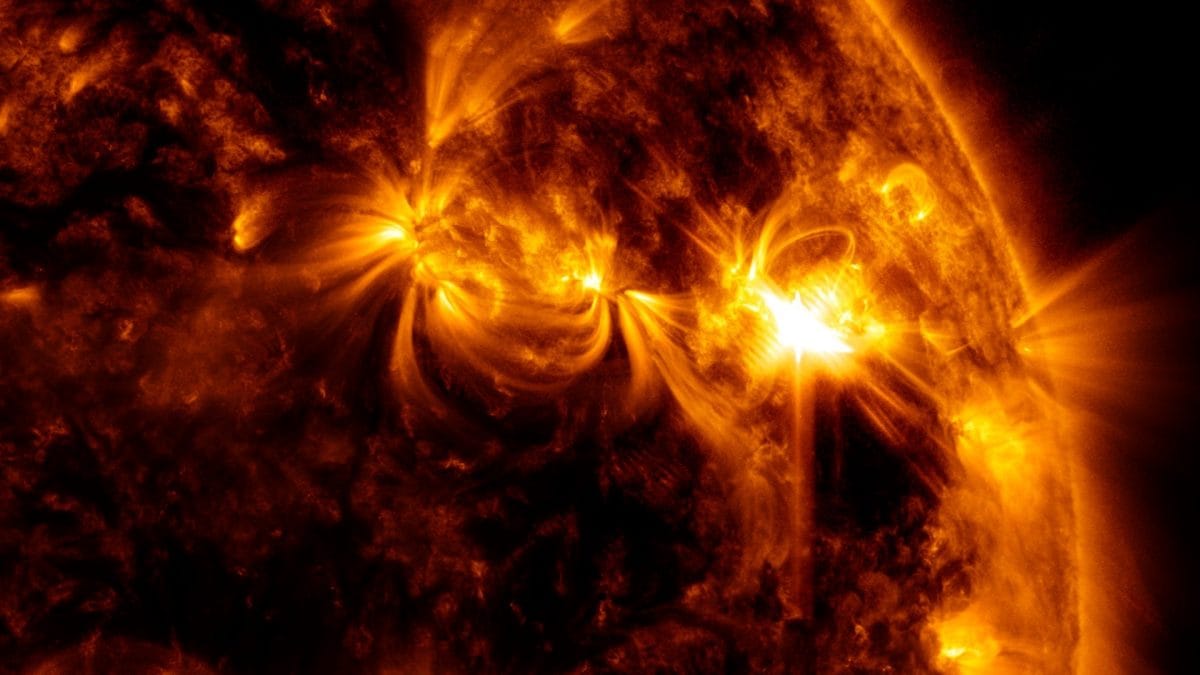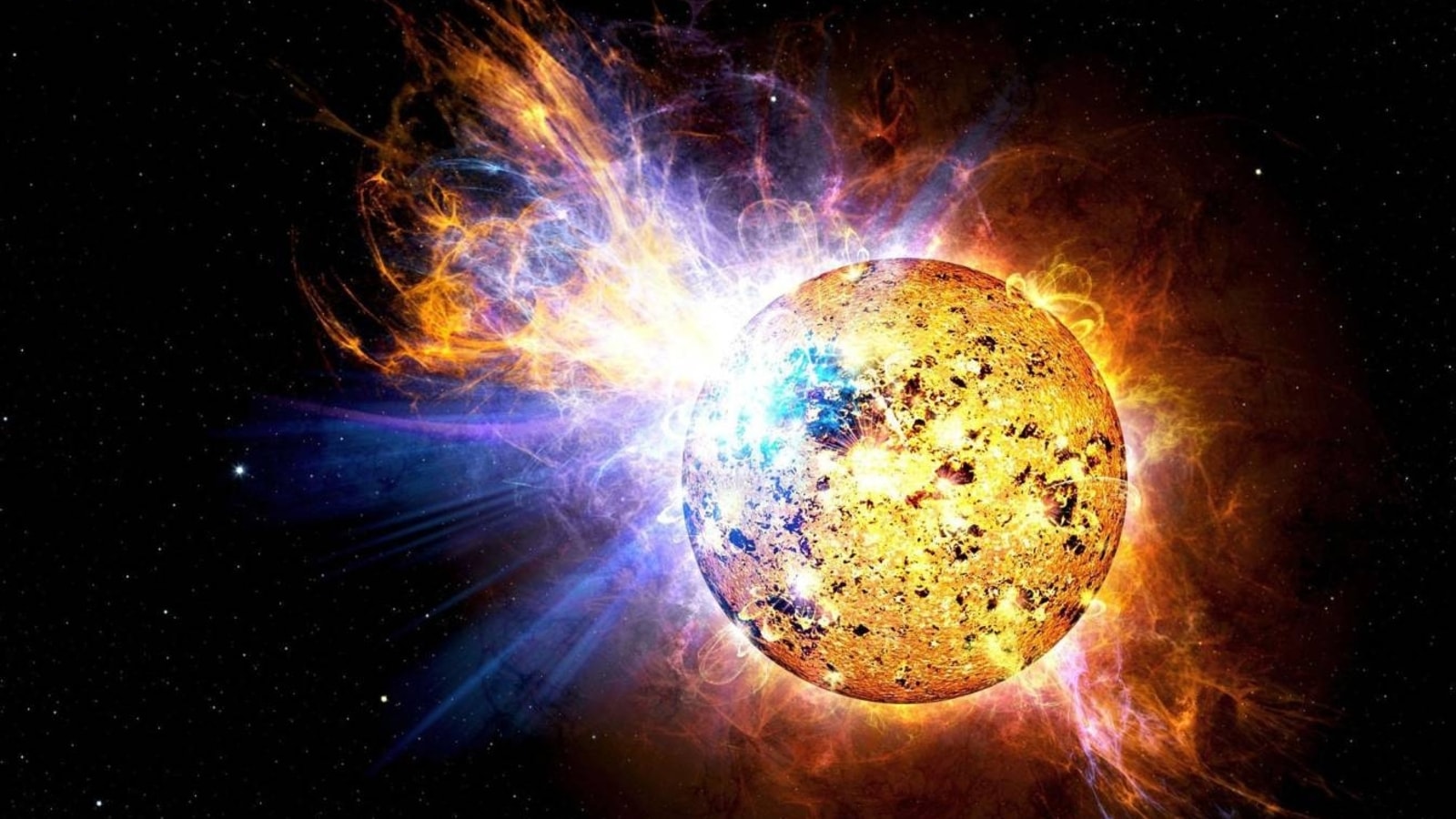Solar storm ALERT! Solar flare eruption hurls CME towards the Earth; Will it hit?
On September 11, Sunspot AR3429 exploded, sparking a solar flare. It hurled a CME in the direction of the Earth. But, will it hit us and cause a massive solar storm? Find out.






 View all Images
View all ImagesYesterday, September 11, two M-class solar flares erupted on the Earth-facing side of the Sun, and the latter of the two managed to release a large coronal mass ejection (CME) into space. According to data from NASA's Solar and Heliospheric Observatory (SOHO), it erupted on the notorious sunspot region AR3429 that recently came into Earth's view. The CME was noted to be in the range of Earth's strike zone and could deliver a glancing blow to our planet sparking a solar storm. But will it hit?
According to a report by SpaceWeather.com, the CME is unlikely to hit the Earth. It stated, “New sunspot AR3429 erupted this morning, Sept. 11th (0128 UT), producing an M1.3-class solar flare and a surge of plasma over the sun's northeastern limb. SOHO coronagraphs observed a fast-moving CME emerging from the blast site. At first, it appeared to be on the edge of the Earth-strike zone, set to land a glancing blow later this week. However, a new NASA model shows that the CME will miss Earth”.
It should be noted that none of these models can predict CME trajectories with 100 percent accuracy, however, they are mostly correct. This means that it is unlikely that this particular cloud of solar material will trouble the Earth. But if you thought that the danger from the Sun was over, you're wrong.
Solar flare eruptions continue
SpaceWeatherLive posted on X revealing another solar flare eruption that took place on the night of September 11. The flare was found to be of M1.1-class intensity, and it is unclear whether or not it lifted any CME. However, the extreme ultraviolet radiation sparked a radio blackout over large parts of North America and the entirety of South America. During this period, amateur radio operators, drone pilots, mariners, and emergency responders were likely to face disruptions in the low-frequency communication channels.
To make matters worse, another radio blackout was detected at 10 AM on September 12 over Australia, New Zealand and the eastern region of China. The origin of this is not yet known, but it is expected to be another moderate M-class solar flare. This shortwave radio blackout is currently underway and people working with low-frequency wavelengths are requested to wait till the effect of the solar radiation passes over.
As solar observatories check for any CME released during these two events, we should be able to give you updates on future solar storms in due time.
Catch all the Latest Tech News, Mobile News, Laptop News, Gaming news, Wearables News , How To News, also keep up with us on Whatsapp channel,Twitter, Facebook, Google News, and Instagram. For our latest videos, subscribe to our YouTube channel.




























